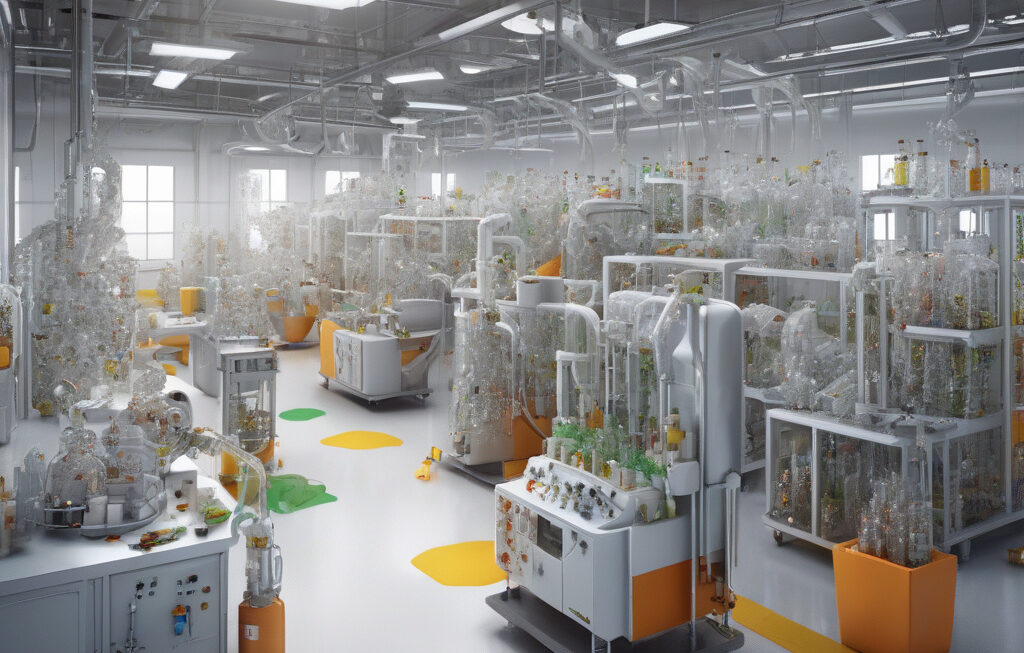Revolutionizing Construction: Clay Blend with Seaweed for Greener, Lighter Materials
Large amounts of brown algae, commonly referred to as sargassum, have been increasingly appearing on beaches and coastlines worldwide, posing a significant environmental challenge. However, researchers have found a groundbreaking solution that could not only address the issue of sargassum accumulation but also revolutionize the construction industry. By blending clay with seaweed, innovative materials are being developed that are not only greener but also lighter and more sustainable.
Traditional construction materials such as concrete and steel have long been known for their environmental impact, with high carbon footprints and significant energy consumption during production. In contrast, clay is a natural and abundant resource that has been used in construction for centuries due to its durability and thermal properties. By incorporating seaweed, which is rich in natural polymers and has excellent binding properties, researchers are able to enhance the performance of clay-based materials.
One of the key advantages of using a clay blend with seaweed is the significant reduction in weight compared to traditional construction materials. This not only makes transportation and handling easier but also contributes to lower energy consumption during the construction process. Additionally, the use of seaweed helps to sequester carbon dioxide, further reducing the environmental impact of these innovative materials.
Moreover, clay blends with seaweed offer excellent thermal insulation properties, helping to improve the energy efficiency of buildings. By reducing the need for artificial heating and cooling, these materials can contribute to lower energy costs and a decreased reliance on fossil fuels. This not only benefits the environment but also offers long-term cost savings for building owners.
Furthermore, the use of clay blends with seaweed can help to address the issue of sargassum accumulation along coastlines. By providing a valuable and sustainable use for this marine algae, researchers are able to turn an environmental challenge into an opportunity for innovation. This not only helps to clean up beaches and coastal areas but also supports the development of a circular economy where waste materials are repurposed into valuable resources.
In addition to their environmental benefits, clay blends with seaweed also offer aesthetic advantages for designers and architects. The natural textures and colors of these materials provide a unique and organic look that is increasingly sought after in modern construction projects. From residential buildings to commercial developments, these innovative materials can help to create sustainable and visually appealing spaces.
As the construction industry continues to prioritize sustainability and eco-friendliness, the development of clay blends with seaweed represents a significant step forward. By harnessing the natural properties of clay and seaweed, researchers are able to create materials that are not only greener and lighter but also more durable and energy-efficient. With the potential to transform the way buildings are constructed, these innovative materials are paving the way for a more sustainable future.
In conclusion, the use of clay blends with seaweed holds immense promise for the construction industry, offering a greener, lighter, and more sustainable alternative to traditional materials. From reducing carbon footprints to improving energy efficiency, these innovative materials are reshaping the way buildings are designed and constructed. By embracing this revolutionary approach, construction companies and developers can not only reduce their environmental impact but also create healthier and more resilient built environments for generations to come.
construction, sustainability, clay blend, seaweed, innovative materials












